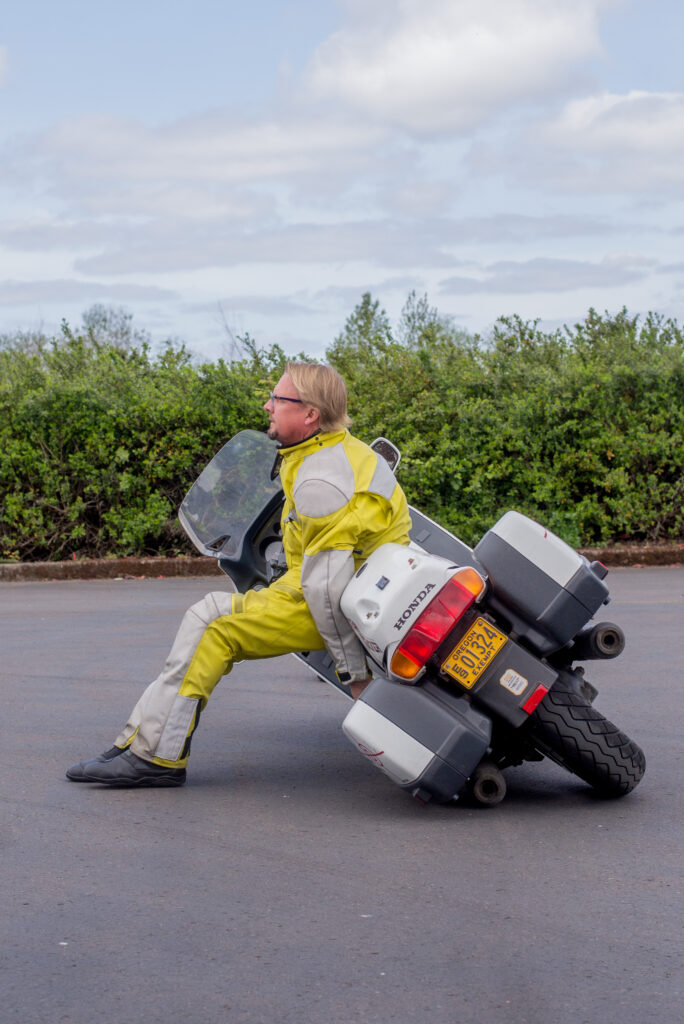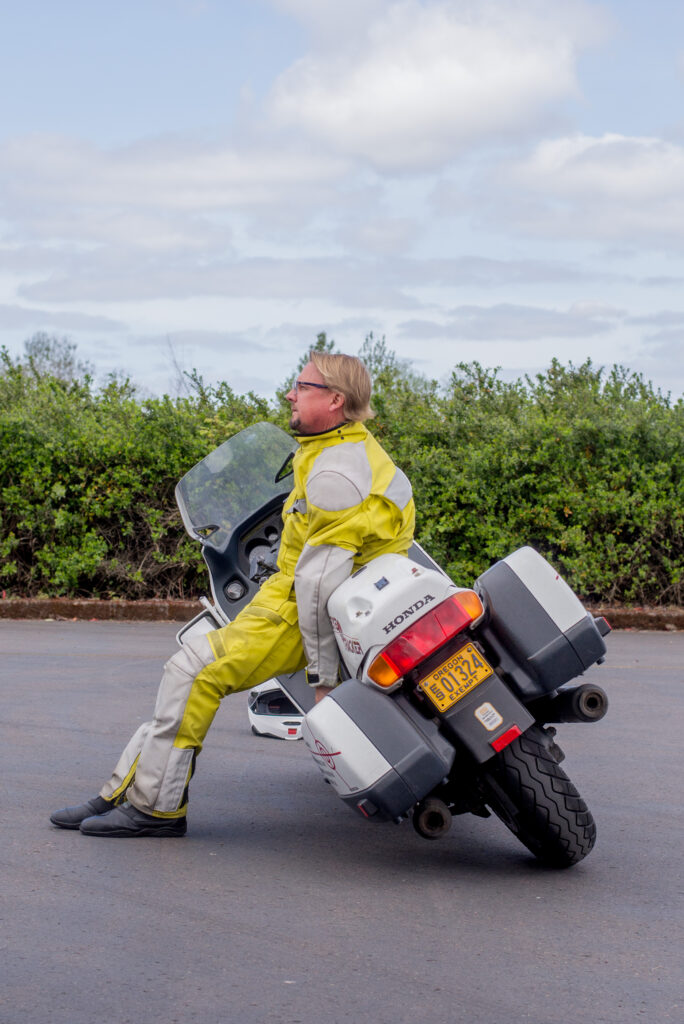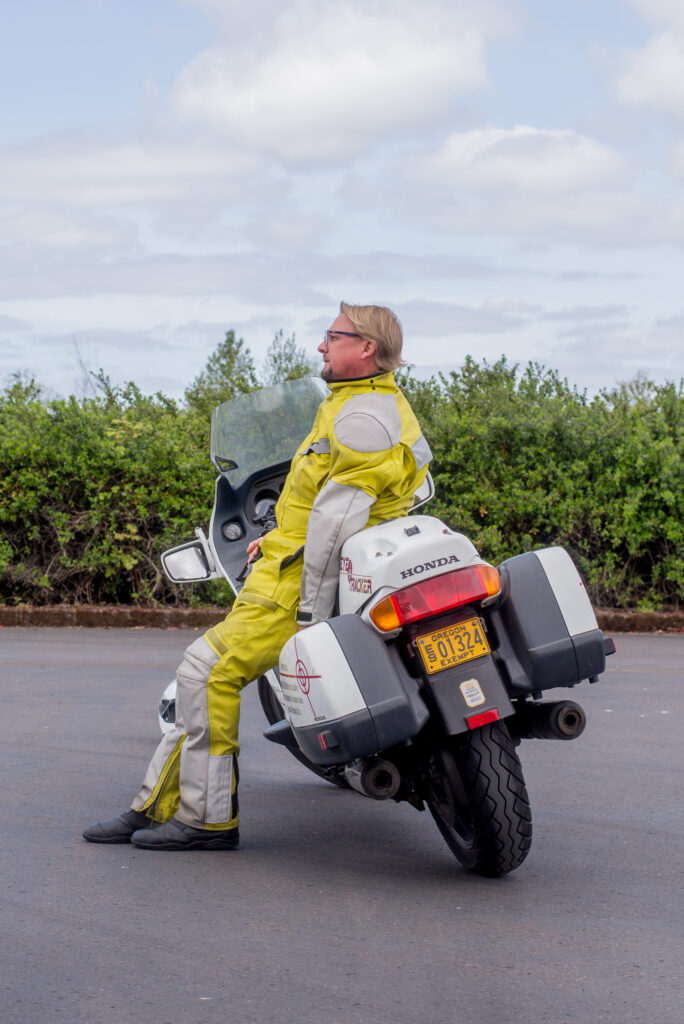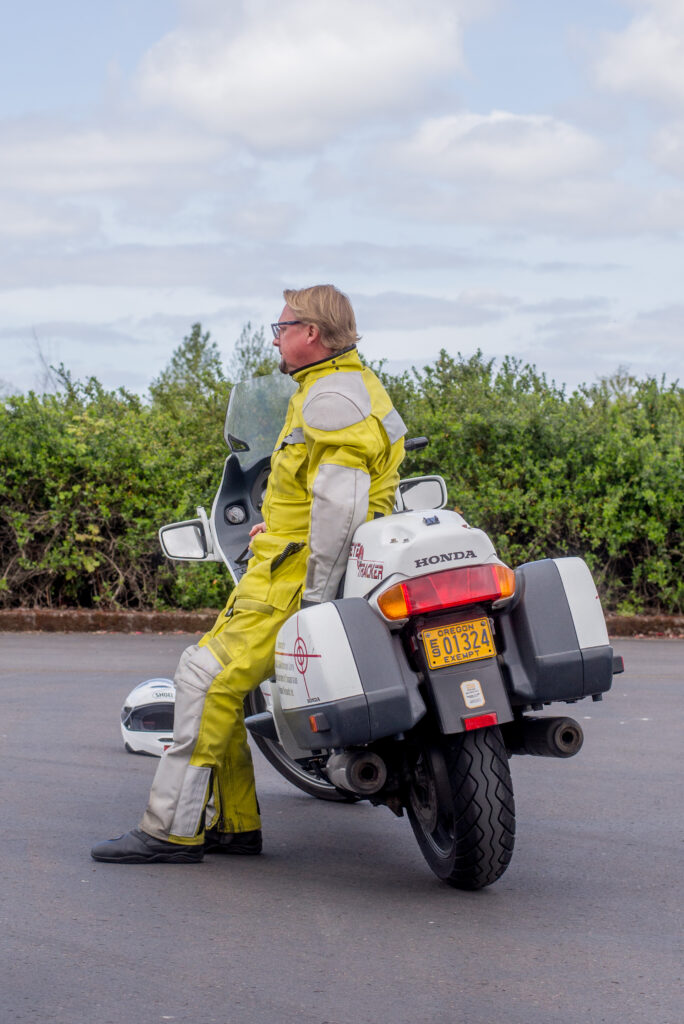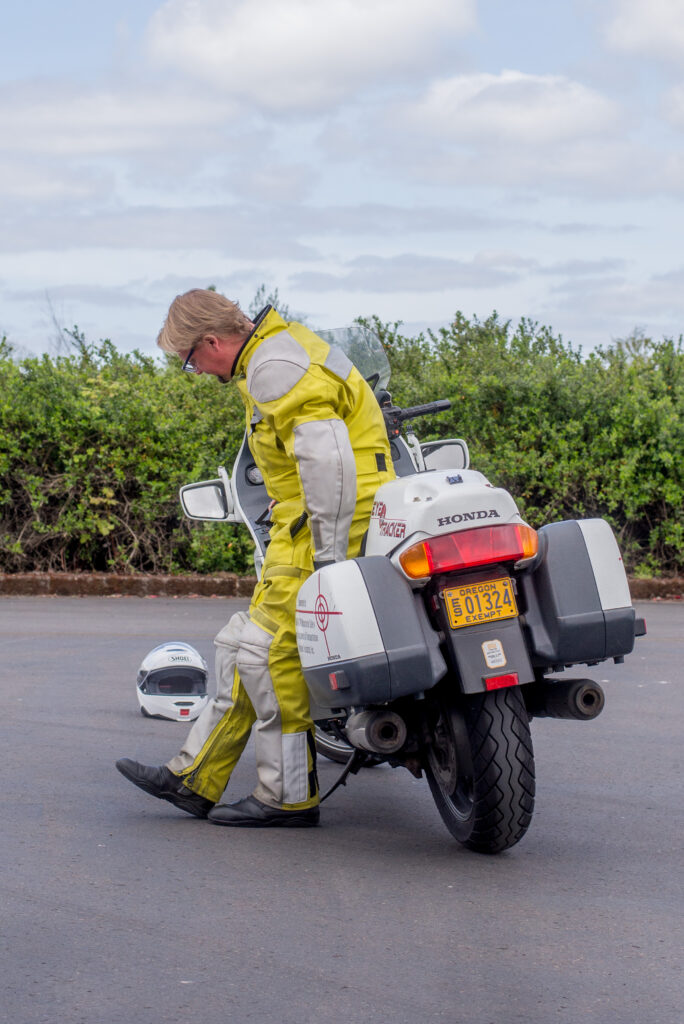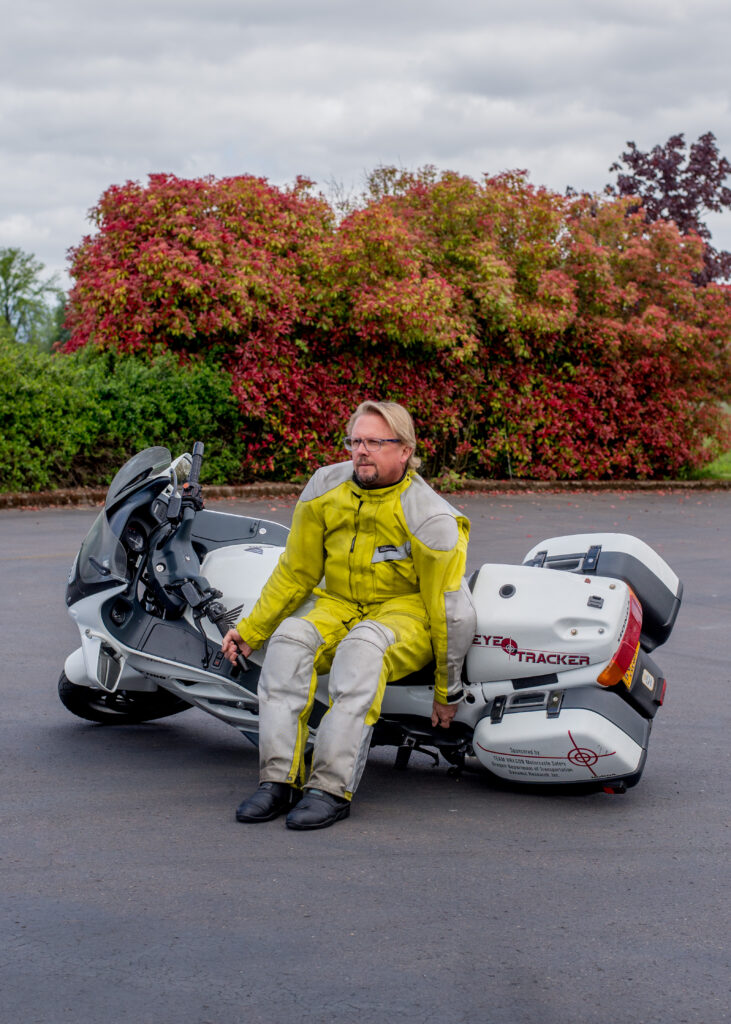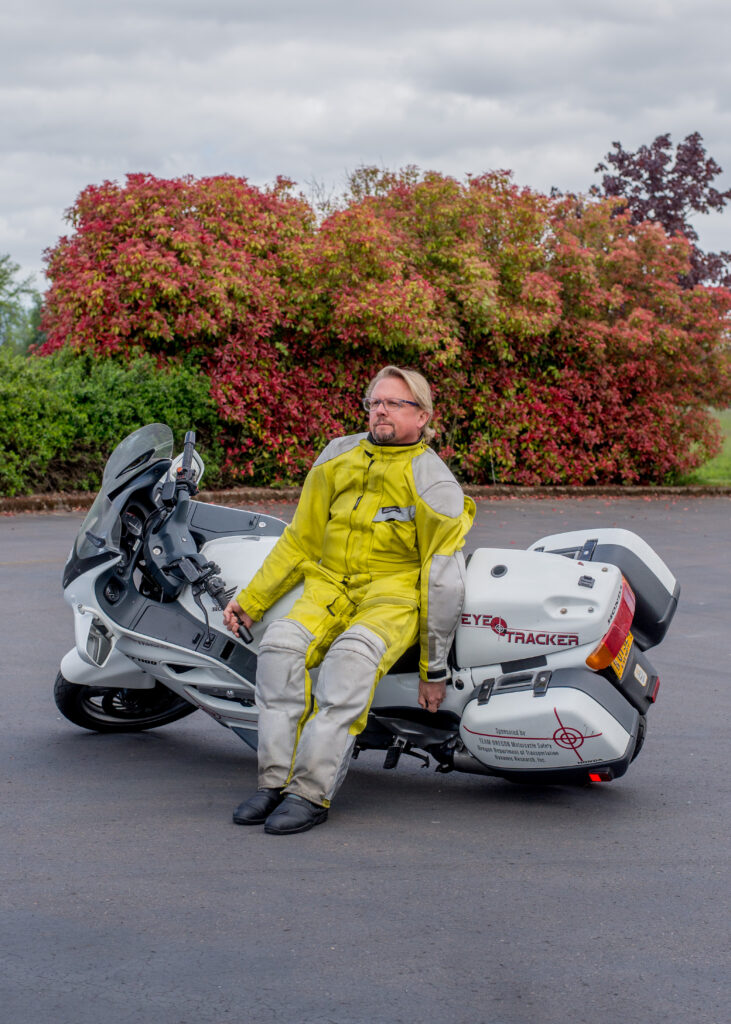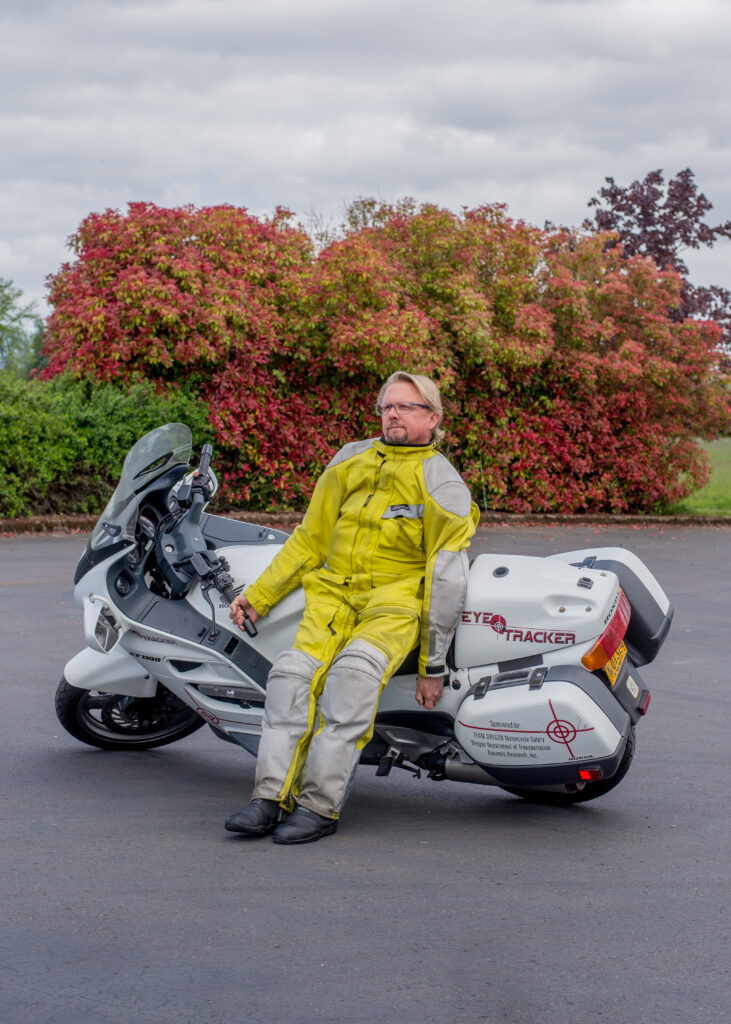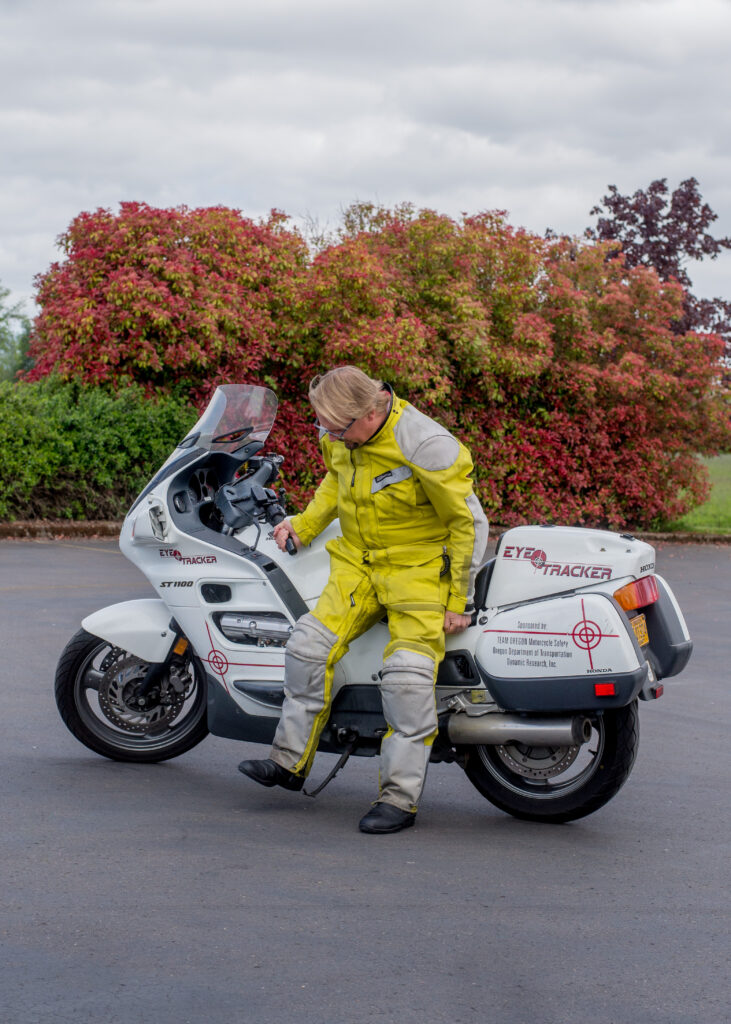Most motorcycle riders will have to pick up their bike at least once in their lifetime. Many riders, such as those who have more confidence than skill or those who do not learn from mistakes, have to pick their bikes up all the time.
When faced with a motorcycle lying on its side, there are several factors a rider should consider before picking it up. A motorcycle is a heavy machine that requires a bit of planning and forethought to get it off the ground. There are also specific techniques for lifting a bike safely.
Cautions
You should not try to lift a fallen motorcycle by yourself until you’ve seen the technique demonstrated by a qualified instructor. Lifting a heavy machine like a motorcycle can be dangerous work. If it falls, you could get hurt. If your hands or feet slip, you could get hurt. If you don’t lift properly, you could get hurt.
Take time to plan your attack. Just like riding, lifting a motorcycle is mostly mental. Use your head:
If you needed to move a 350-pound refrigerator, would you think it through first? Or would you just run up, grab it and start wrestling it down the stairs? What if it was a 700-pound refrigerator?
Before laying a hand on your fallen motorcycle, think it through. Visualize how you’ll do it first.
Assess Yourself
Seeing your bike on the ground for the first time can be a traumatic experience. Your first instinct will be to grab it and pick it up before anyone sees you. Don’t rush into it. Take a minute to calm down. Collect yourself. The bike isn’t going anywhere. Ask yourself these questions:
- Am I able to pick up my bike on my best day?
- Am I able to pick my bike up today?
- Am I injured? Will lifting my bike aggravate an old injury?
- Am I charged with adrenaline? Panic? Anxiety?
- Am I wearing sturdy boots or shoes with good grip?
- Do I need gloves?
Assess the Area
From a safe position, take stock of the situation. Don’t make the situation even worse by disregarding your own safety.
Is your bike in the road? Would picking it up put you in danger from roadway traffic? Let law enforcement respond, or wait until traffic is stopped around you, before trying to lift the bike.
Do you have a good surface to work with? How is the footing? Is it wet? Is your bike in a ditch or on a downslope? Inclined surfaces can be dangerous. You don’t want to slip and get pinned beneath your motorcycle!
Can you ask for help? Onlookers are almost always willing to help a fallen rider. Remember to warn non-riders about the hot, sharp, or breakable parts of the bike. You’ll need to show them clearly and specifically how you want them to help and where you want them to lift. Be careful that they don’t lift improperly and injure themselves.
Assess the Motorcycle
Shut off the motorcycle using the engine cut-off switch and/or ignition switch. Turn off the fuel supply valve if the bike has one. Give the bike a once-over: Is it damaged? Will the damage interfere with lifting it?
Spilled fuel is common, often dripping steadily from the gas cap. Don’t panic. It’s common for a little gasoline to drip out of the tank. Use caution, but as long as you don’t throw a match on it, a little gas on the ground is no big deal. If there’s a large amount of fuel spilling on the ground creating a slippery surface or serious fire hazard, it’s best to move away from the bike and wait for help.
If the bike is lying on its right side, put the side stand down and place the bike in gear. If it’s on its left side, make a mental note that you couldn’t put the side stand down first, and that the bike may roll on you as you lift.
The Technique
Like lifting any heavy object, the key is to use the strongest muscles in your body – your legs. If you try to bend down and lift using your back muscles, you’re risking a serious, lifetime injury. The following technique is recommended because it uses mostly leg muscles and poses limited risk of a back injury.
1. Turn the handlebars to full-lock with the front wheel pointed into the ground. One handgrip ends up close to the gas tank – right where you want it.
2. “Sit” gently with your butt/lower back on the motorcycle seat. The bike may rock/pivot a bit underneath you.
3. With one hand, grab the handgrip closest to the bike. An underhand grip works best.
4. With the other hand, grab a hard part of the bike (frame, subframe, luggage bracket, etc.) Be careful to avoid hot parts and soft parts (plastic, turn signals, hoses, wires). Use gloves if necessary.
5. Now get your feet out in front of you, solidly on the ground, about a foot apart, with your knees bent slightly.
6. It’s time to lift the bike. Use your leg muscles. Lock your arms and take very small (baby steps) backward, keeping your back straight. Maintain control of the bike and do not twist your body while lifting.
7. If the bike was on its left side … be careful not to lift too much and flip it onto its other side! Once it’s upright, carefully put the side stand down with one foot.
8. Lean the bike safely onto its side stand. Check for damage before you ride it again. The motorcycle may be difficult to start until the fuel gets flowing again.
Assess the Fall
Before you ride the bike again, take a moment to assess the reason you had to pick your bike up in the first place. Making mistakes is part of learning. And even experienced riders make mistakes. Analyze the mistake you made and devise a plan so it doesn’t happen again.
If your bike was on its side because your riding skill didn’t match up to the situation, or because you made a judgment error, maybe it’s time to head back to school. Contact Team Oregon and get signed up for a rider training course. Remember, your skill level should always be greater than your comfort level.
Watch the Video
You can also watch a Team Oregon staff member conduct a video demonstration of the technique.
